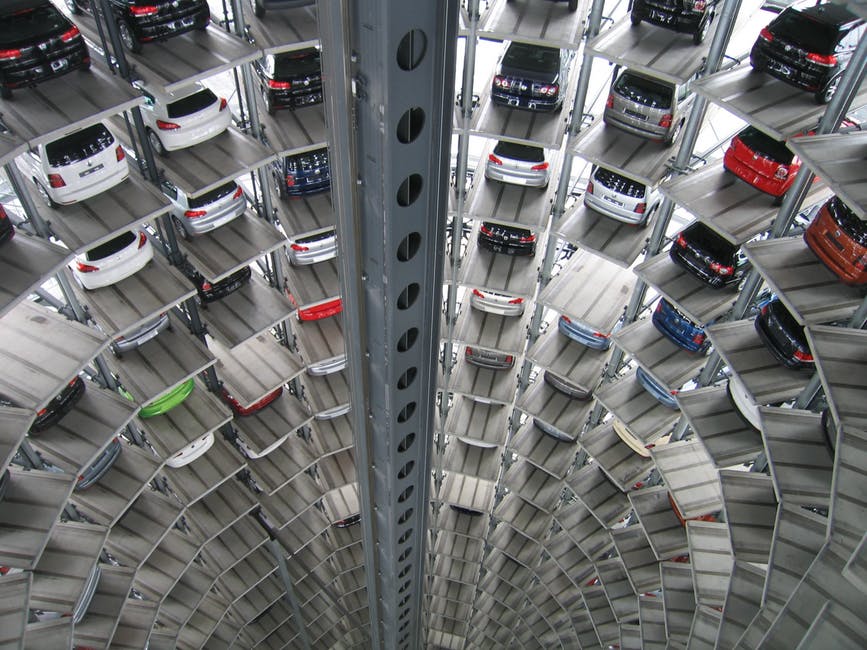Guide to Automotive Heads Up Displays

Heads Up Displays, or HUDs, are a unique type of display device. They display graphical information in front of a person while they looking through their windshield of their vehicle. In the case of aircraft, a HUD is seen by the pilot as a virtual image directly ahead on the windshield of the aircraft. It allows the pilot to focus on the view outside yet see graphical information that would normally be viewed on other instruments in the cockpit. This is especially important during critical military flight situations where rapid assimilation of data is important – think dogfights.

While there is no question that HUDs can assist pilots, could they be just as important in automobiles and trucks as in aircraft? Some argue that HUDs in automobiles could be just as critical. Just think of some of the notifications that come through your cell phone now. Some of it is important and a lot of drivers take their eyes off the road to “check their cell” when data chimes in. With a HUD, some of this data can be displayed right in front of the driver so they don’t need to take their eyes off the road.
Although HUD technology is still a relatively new in the marketplace, our friends at www.kayserchryslercenterofwatertown.com explain that there are two different versions out right now: factory-installed HUDs and third-party HUDs. Here’s what you need to know about these fascinating devices:
Factory Installed HUDs
HUDs are being are being actively promoted on some high-end cars now. The 2016 Audi A7, the Mercedes S55, and some GM vehicles currently can be optioned with HUD technology now. It’s a compelling option; any new calls, emails, or texts will automatically be shown by the HUD on the windshield adding an immeasurable level of safety and security to the driving experience.
Some automakers, like Jaguar, Hyundai, and Land Rover, are showcasing next-generation HUDs that not only show you the vehicles speed, texts and such but can also do things such as highlighting pertinent street signs around the car, displaying the turn you need to take on the actual road ahead, and even flashing warning signals when an accident may be imminent. Features such as this could make HUD technology very popular in the future.
Third-party HUDs
Some third party HUD units are available to the public. These small boxes are individual units that are meant to sit on your dashboard and project on your windshield. Most third-party HUDs work by linking to either your phone’s internal GPS or by finding a signal of their own from a satellite. For now, HUDs made by individual companies for aftermarket use are only capable of displaying a rudimentary speedometer and other automotive functions. This could all change very soon, however, thanks to the several entrepreneurial businesses jumping into the arena. Consider the crowdfunding-backed HUD projection system, Navdy, for example.
The Navdy HUD is still under development and the company is crowdfunding the project. The Navdy system is a little different. It doesn’t project the information directly on your windshield. The fold-out box actually contains its own small screen that’s meant to sit at the base of where your eyes rest while driving. The Navdy comes with a range of apps that can be connected via your phone, such as Twitter, Facebook, and Spotify, all of which can be controlled via quick hand-gestures thanks to the unit’s internal camera and positioning technology.
As with any technology in its infancy, expect lots of changes in the HUD marketplace. The Navdy system is ambitious but illustrates the things that we may find routine in HUD technology just a few years from now. The future of HUD looks very exciting.
Article Source: Kayser Center of Watertown





